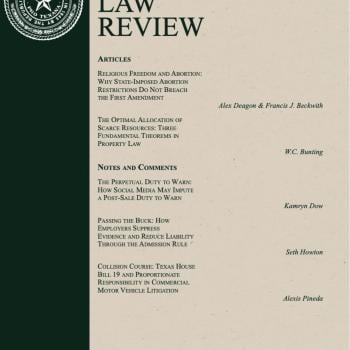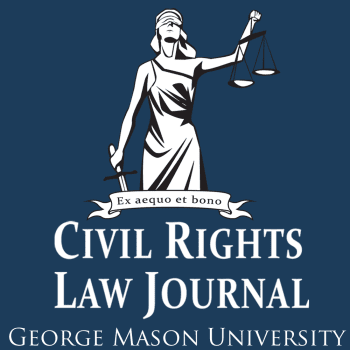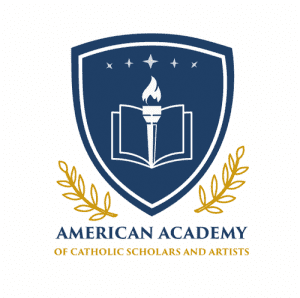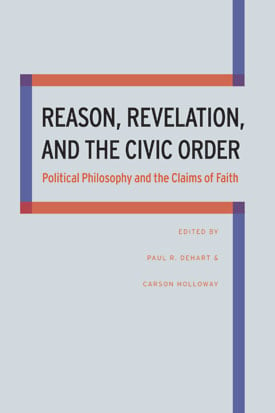Since arriving at Baylor in Fall 2003 I have taught the course “Law and Religion in the United States” sixteen times. (Fifteen times at Baylor and once at the University of Colorado when I was serving there as a visiting professor in 2016-17). Among the many issues we cover is public school prayer. We always read Engel v. Vitale (1962), the first Supreme Court prayer case. Depending on what other topics addressed in the course, we read one or more other prayer cases, such as Abington School District v. Schempp (1963), Wallace v. Jaffre (1985), and Lee v. Weisman (1992).
Last Fall I was invited by the James Wilson Institute (JWI) to contribute to a symposium on the school prayer cases in order to address the question of whether we should rethink them. I suspect the catalyst for the symposium were recent comments by South Dakota governor, Kristi Noem, and University of San Diego law professor, Steven D. Smith, both of whom have challenged the Supreme Court’s holdings that public school sponsored prayer violates the Establishment Clause of the U.S. Constitution.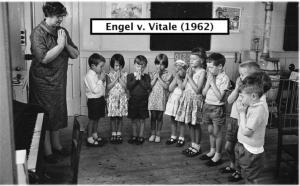
Prior to receiving the invitation, I had not thought that much about the prayer cases except during my course preparation and discussing them with students in class. If you had asked me just six months ago about my views on the cases, I would have said something like this: “I think the Supreme Court got it right in Engel and Schempp, but not in Wallace and Weisman.” But while I was working on my symposium contribution and thinking more carefully about the Court’s majority and dissenting opinions–especially in Engel and Schempp–I had a kind of epiphany. I am now not so convinced that the Court was right in Engel and Schempp. But that doesn’t mean I think public school sponsored prayer is always (or ever) a good idea (as I note in my essay’s last paragraph). That is, a law or policy may be perfectly constitutional while not being wise.
Published in JWI’s online magazine, Anchroing Truths, here’s how my essay (“Is it Time to Rethink the School Prayer Cases?”) begins:
There was a time, not too long ago, when politicians in both major political parties often would run for office by promising that they would “put prayer back in the public schools.” This was the result of the near universal public outrage over two Supreme Court decisions in the early 1960s—Engel v. Vitale (1962) and Abington Township School District v. Schempp (1963) —which effectively banned public school sponsored prayer and Bible reading. Although the recurring promises of politicians to restore prayer to the public schools began to dissipate in the early 1990s, the issue has not entirely vanished from our public life, as indicated by the occasional elected official or academic who broaches the topic.
Nevertheless, there is a general sense that Engel and Schempp are settled law, that it is highly unlikely that the current Court, even with its 6-3 originalist majority, would even entertain overturning those precedents. That may very well be true as a matter of judicial politics, but that tells us nothing about the quality of the Court’s majority opinions. As I will argue, a careful look at the Court’s reasoning in the two decisions reveals not only weak arguments, but also assumptions about the nature of religion as a public good that are inconsistent with the Court’s own holdings.
Because, if there were no Engel, there would have been no Schempp, I will focus on the former’s majority opinion, authored by Justice Hugo Black. In Engel, the Court considered a non-denominational prayer drafted by the New York State Board of Regents: “Almighty God, we acknowledge our dependence upon Thee, and we beg Thy blessings upon us, our parents, our teachers and Our Country.” The Board recommended that the prayer be recited in the state’s public schools. Taking this advice to heart, the Union School District in Hyde Park initiated a policy that directed its school principals to require that the Regents’ prayer be recited out loud by every class at the commencement of each school day while a teacher is present. Led either by the teacher or a student chosen by the teacher, participation in the prayer was not compulsory. A student could choose to remain silent or be excused from the activity entirely if requested in writing by a parent or guardian. To reinforce its voluntary nature, the school district also included the following regulation, which it explained in a letter mailed to every parent and taxpayer: “Neither teachers nor any school authority shall comment on participation or non-participation . . . nor suggest or request that any posture or language be used or dress be worn or be not used or not worn.” (quoted in Justice William O. Douglas’ concurring opinion).
Here’s the part in which I draw out what I saw in my epiphany:
….Justice Black contended that the Establishment Clause’s “first and most immediate purpose rested on the belief that a union of government and religion tends to destroy government and to degrade religion.” If what he means by “union of government and religion” is an established church, and that the Establishment Clause was adopted to prohibit such a thing, then there is no doubt he is correct. On the other hand, Justice Black is implying that the Clause has, paradoxically, a religious purpose: to prevent the degradation of religion. But that would mean that First Amendment implies that religion is a public good, something that the government has an interest in protecting, just as it does in relation to speech, association, due process, or the franchise. Justice Black also opined: “religion is too personal, too sacred, too holy, to permit its `unhallowed perversion’ by a civil magistrate.” Again, if Justice Black is referring to an established church, as the Founders understood it, he is correct. Yet Justice Black also asserts that the civil magistrate should recognize religion as sacred and holy. This too seems to affirm the idea that religion is a public good that, at a minimum, the state should not marginalize.
If so, then what possibly could be the constitutional grounds for forbidding voluntary communal prayer in public schools initiated by public officials? We are, after all, social animals who live in community. In that case, could not one read Justice Black’s opinion as directing the government to turn religion into an “unhallowed perversion” by requiring that the civil magistrates intentionally place religion’s voluntary communal expression outside the margins of compulsory public education? As Justice Stewart stated in his dissent in Engel: “I think that to deny the wish of these school children to join in reciting this prayer is to deny them the opportunity of sharing in the spiritual heritage of our Nation.”
You can read the entiretly of the essay here.



